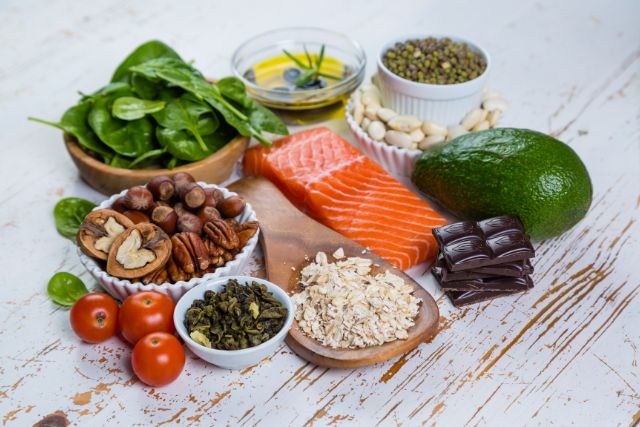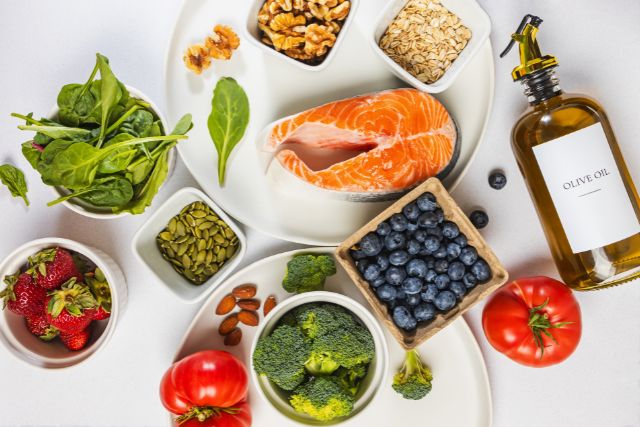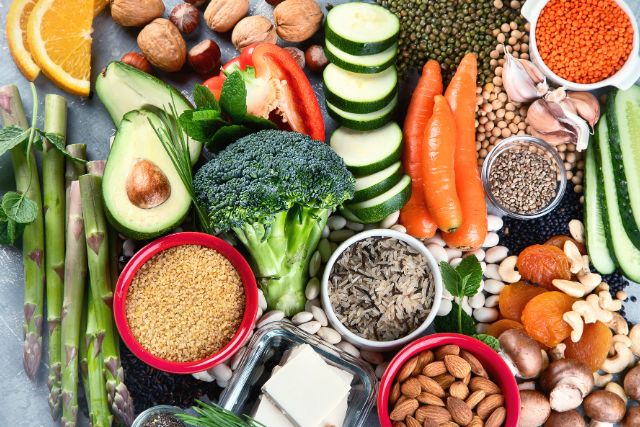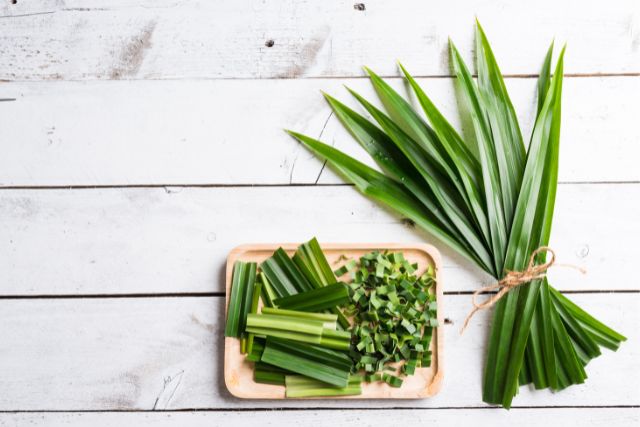Recent Posts
-

- Diabetes-Friendly Nutrition: Smart... 08.12.2024
-

- Nutrition for Chronic... 08.12.2024
-

- Anti-Inflammatory Diet: Food... 08.12.2024
-

- Low-Sodium and Heart-Healthy:... 08.12.2024
-

- Plant-Based Diets for... 08.12.2024
What are Pandan Leaves normally use for?

Have you ever seen Pandan leaves? Probably you won’t even notice that is growing out in your backyard. Mostly, these leaves are native to South East Asian countries and it grows well in areas with damp or clay-like soil, in full sun or partial shade.
This tropical plant, often known as screwpine, is coveted mostly for the long, lance-shaped leaves that it bears. It is a common component found in a variety of recipes from Sri Lanka, Thailand, and other South Asian countries. The prickly leaves of this plant grow in clusters that resemble fans and do best in warm, humid climates.
You wouldn’t even imagine that this plant can be used in many areas and has a lot of benefits.
- The leaves are often cooked, processed into juice, or wrapped over foods to add taste. On the other hand, the fruit may either be eaten raw or turned into preserves. The pandan fruit may also be prepared into a spreadable, very nutritious paste by first being cooked and then being crushed into a powder. This paste is a staple diet in several regions of the globe.
- It is usual practice to grind up pandan leaves to get an emerald-colored extract. When a leaf has greater maturity, it will have a darker color and a more robust flavor. In addition, the powder made from the pandan leaf is used in seasoning both salty and sweet foods. People say it has a grassy vanilla flavor with a touch of coconut in the background.
- Furthermore, pandan leaves are also used as wrapped food. The most well-known version of this dish is chicken from Thailand that is wrapped in pandan leaves. Similarly, you may encase any little piece of meat, then barbeque or even fry it once you've done so. The leaves will not only lend a lovely scent to the cuisine but will also prevent the food from drying out.
This plant is not just accessible to use for all, but it has also a lot of health benefits.
- The pandan plant has an abundance of vitamins and antioxidants, both of which are known to strengthen the immune system and have a role in the prevention of illnesses such as cancer, heart disease, and diabetes.
- Recent studies on pandan have shown that it contains significant amounts of several vitamins, minerals, and antioxidants that are known to promote health. For example, pandan is an abundant source of vitamin A, which is an important component for maintaining good eye health and may potentially have a role in the prevention of cancer.
- In traditional medicine, pandan is highly valued for its ability to alleviate pain, particularly that caused by arthritis and joint discomfort. The phytochemicals that are known to alleviate the symptoms of arthritis have been detected in high concentrations in the oils that are derived from pandan extract. They also have the additional advantage of reducing pain associated with earaches and headaches.
- In Southeast Asia, a common topical therapy for small burns, sunburn, and other skin disorders that involves the dried and crushed leaves of the pandan plant is known as pandanus. Even though further study is required, early findings indicate that the tannic acids found in pandan have a rapid cooling effect that is beneficial for mild burns.
All in all, pandan leaves have many uses and even have a lot of health benefits. You can explore more for yourself other uses of this plant and share this discovery with your friends and family.
Sources:





